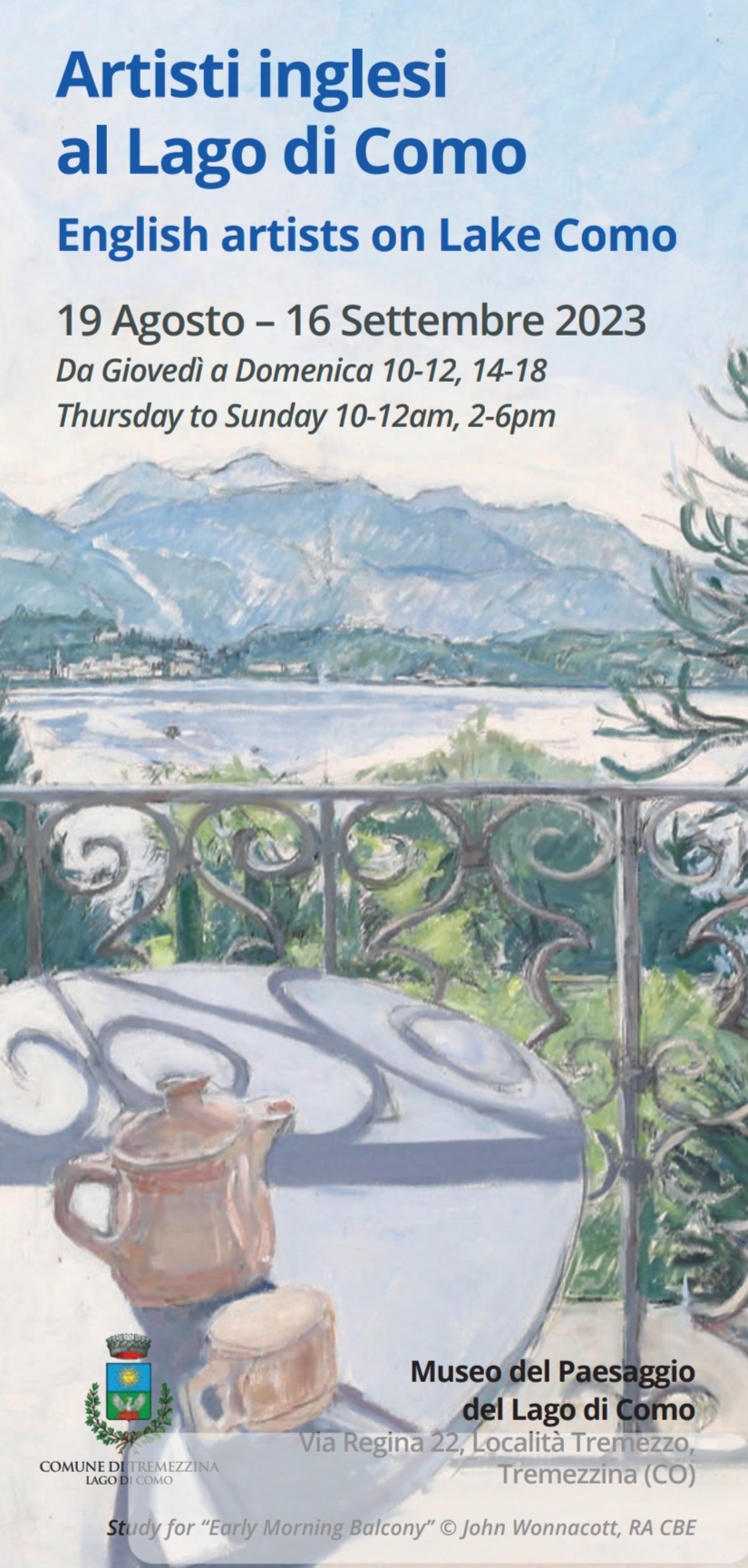
An exhibition of original works by some of the most prestigious contemporary English figurative artists will open on August 19th in Tremezzo. The exhibition will later move to Gurr Johns International Gallery in London where the works will be sold to raise funds for the restoration of Cadenabbia’s Anglican Church.
The British, Cadenabbia and landscape art have all had a close association from the early years of the 19th century. British visitors and residents have long appreciated the splendour of the lake whose natural beauty has attracted both professional and amateur artists keen to capture its sublime and dramatic aspects. The Grand Hotel Cadenabbia has to this day proved popular with British guests as in the case of Mary Shelley who stayed two months at the hotel on her return visit to Italy with her son in June 1840. Back in April this year a group of twenty contemporary British artists stayed in the Villa Collina in Griante above Cadenabbia to participate in a four day residential course. The results of this art project form the basis of the exhibition opening on August 19th in Tremezzo. The later sale of the works at the London gallery will go to provide funds for much needed restoration of the Anglican church and secure financing to retain the ongoing functioning of the church through its season of regular services from May to September each year.
The Grand Hotel Cadenabbia established a small Anglican chapel for its many British guests back in the 1880’s. The permanent and temporary immigrant community then set about raising funds through subscription to build their own Anglican church. This was completed in 1891. The well-being of the church was and has always been dependent on the commitment and generosity of its congregation – and right now it stands in need of vital restoration.

The Church

The International Church of the Ascension, to give the Cadenabbia Anglican Church its full name, is unique in being the only Anglican church on Lake Como. It holds a religious service in English every Sunday from May to September as well as providing a popular site for christenings and wedding blessings. It also hosts musical events throughout the summer season.
The church is itself a landmark on Lake Como due to its unique exterior and interior design. The exterior is the only completed work of a young gifted architect, Giuseppe Brentano. He graduated from Milan’s Brera Academy having gained public attention by winning a prize for the design of some of the external features of Milan’s Cathedral. At the age of 25 he was commissioned to design the Anglican Church by the main contributor to the building fund, Mr. Heathcote Long who lived in the nearby Villa Norella. Heathcote Long also gifted the land for the church from out of his villa’s parkland on the lakefront. The church has always seen its role as integrating itself and its congregation within the local community and so it was fitting that Brentano’s design incorporated neo-Romanesque elements from Lombard ecclesiastical tradition.
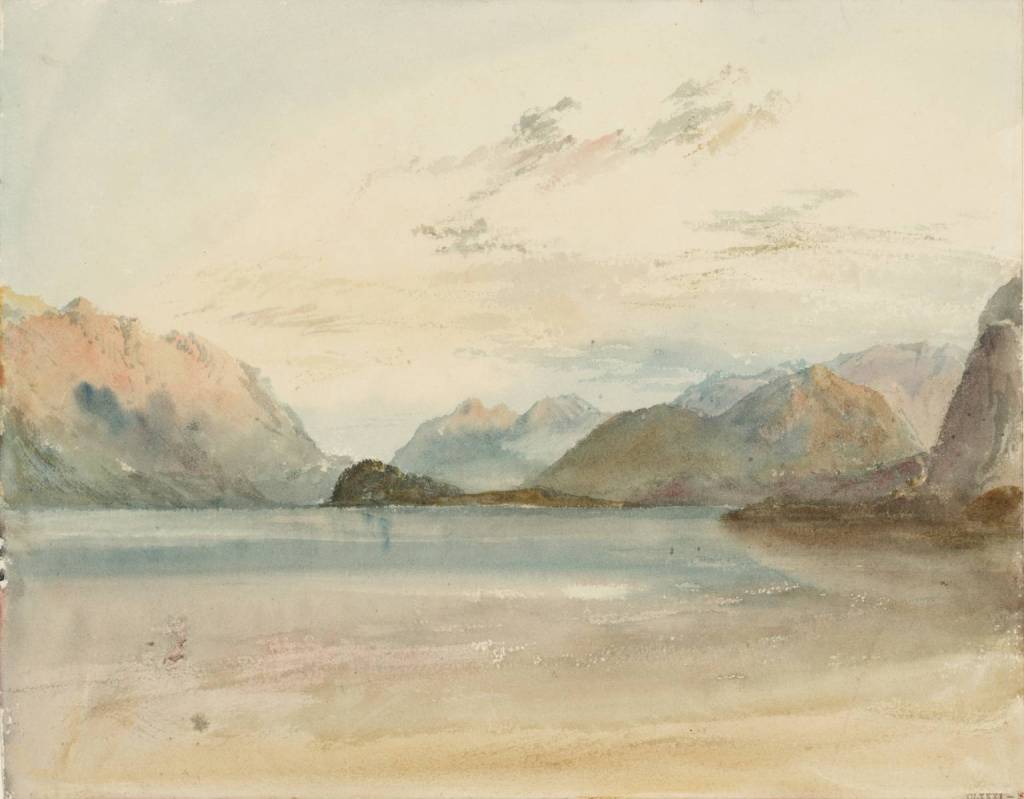
Foundations were laid in 1889 but when Brentano came to visit the site in November of that year, he caught a cold and went on to die tragically young of pneumonia. However the construction was entrusted to a company run by one of Brentano’s uncles who remained entirely faithful to his nephew’s original vision, allowing the young architect posthumously to achieve at least one completed project.

The interior of the church is as distinctive as the exterior but was completed later in the 1920’s with mosaics and so-called ‘sgraffito’ work in the Art Deco style. It was the new owner of Villa Norella, Roderick Falconer Murchison, who was responsible for the exterior and interior mosaic work. His interest in mosaics was further encouraged when he befriended James Powell, a member of the congregation and owner of Whitefriars Glass in London. Little is known about who designed or carried out the ‘sgraffito’ work of which there are numerous examples around Lake Como.

Restoration
Not only did the church lose its congregation during the Second World War but it also suffered damage from an allied bomb dropped on return from one of the numerous raids over Milan. The blast blew out the original stained glass and caused damage to the roof and guttering. The church did however reopen in 1948 with clear glass replacement to the windows. The church reached a crisis point in 2016 with a shrinking congregation and continued deterioration to the fabric of the building, Its diminishing funds had already been spent on updating the electrics when the results of the five yearly compulsory survey revealed the need to spend a further 100,000 euros on necessary repairs. Reduced funds and the declining congregation meant the church faced the threat of imminent closure on its 125th year anniversary.

The church’s survival is mainly down to two key factors; namely the leadership provided by Roger Williams, the church’s vicar from 2016, and the commitment of its congregation. Roger Williams provided four years of continuity during which time the community grew and the congregation took on as much of the renovation work as they could manage by themselves. Meanwhile one of the members of the congregation, Tim Guinness, was considering if the Cadenabbia Anglican Church could replicate a funding project carried out on behalf of St. George’s Anglican Church in Venice. Adopting some aspects of the Venice scheme, another member of the congregation, Jeannie Willan, organised a residential retreat for artists in Villa Collina in 2018. This raised €6,000 which went to restore one of the stained glass windows. This initiative alongside the ongoing leadership and sense of community fostered by Roger Williams led to an enhanced spirit of confidence in their joint ability to tackle the restoration challenges.

Tim Guinness’s plans for the fund raising art project were further developed and all was set for its launch in October 2020 when fate and Covid struck. Fate came with the death of the church’s inspirational vicar, Roger Williams and the death of one of the church wardens. Covid meant the cancellation of the project and a further reduction in seasonal visitors. This in turn led to a drop in the additional income raised through christenings and wedding blessings. The church was barely open at all in 2020 and just for a single month in 2021. Covid’s impact was still felt in 2022 with no increase in the congregation when the next five yearly survey came due. The results were heartening in the sense that the congregation were commended for the work they had been able to undertake since 2016 but it highlighted continued problems with the roof with water ingress damaging the interior. It also highlighted structural issues with the steeple. Now more than ever was the time to launch the fund raising project delayed since 2020.
The Art Project

Tim Guinness took inspiration for the Cadenabbia Art Project from the success of a forerunning fund raiser for St. George’s Church in Venice. This prior project was organised by Tim’s friend and fellow alumnus from Magdalen College, Cambridge, Tim Llewellyn – previously a Sotheby’s Old Master expert and Art Detective Group Leader. He had launched a scheme back in 2007 inviting up to twenty artists to a residential retreat in Venice from which they would produce works with part of the sale proceeds going to the church’s restoration fund. As Tim Llewellyn said at the time, “We wanted to make an exhibition that would show that Venice is a sufficiently complex subject with a wide enough appeal to provide inspiration to artists representing quite different generations, interests and approaches.” Many of the artists invited to Venice were Royal Academicians. St George’s Church was consecrated in 1892, one year after Cadenabbia. It too had to close during the Second World War and it too needed funding to repair the roof, stonework and the interior. As its chaplain reported at the time, the church’s priority was its roof “which already leaks in storms,“ as in Cadenabbia.
As in Venice so on Lake Como – Tim Guinness invited twenty British artists with a similar range in ages, backgrounds and styles as those who visited Venice. In fact the starting point for selecting the contributors was to choose some of those who went to Venice back in 2007. Others were then selected to ensure a good representation of both established and upcoming British figurative painters. The final list included such successful names as John Wonnacott and Peter Kuhfeld who have both undertaken commissions for the British Royal Family. The youngest member of the group was Alice Boggis-Rolfe who recently won the Winsor and Newton First Prize for a Young Artist. The local British community was represented by Irma Kennaway who originally came to Como twenty nine years ago as a fabric designer working for silk manufacturer Mantero SpA.
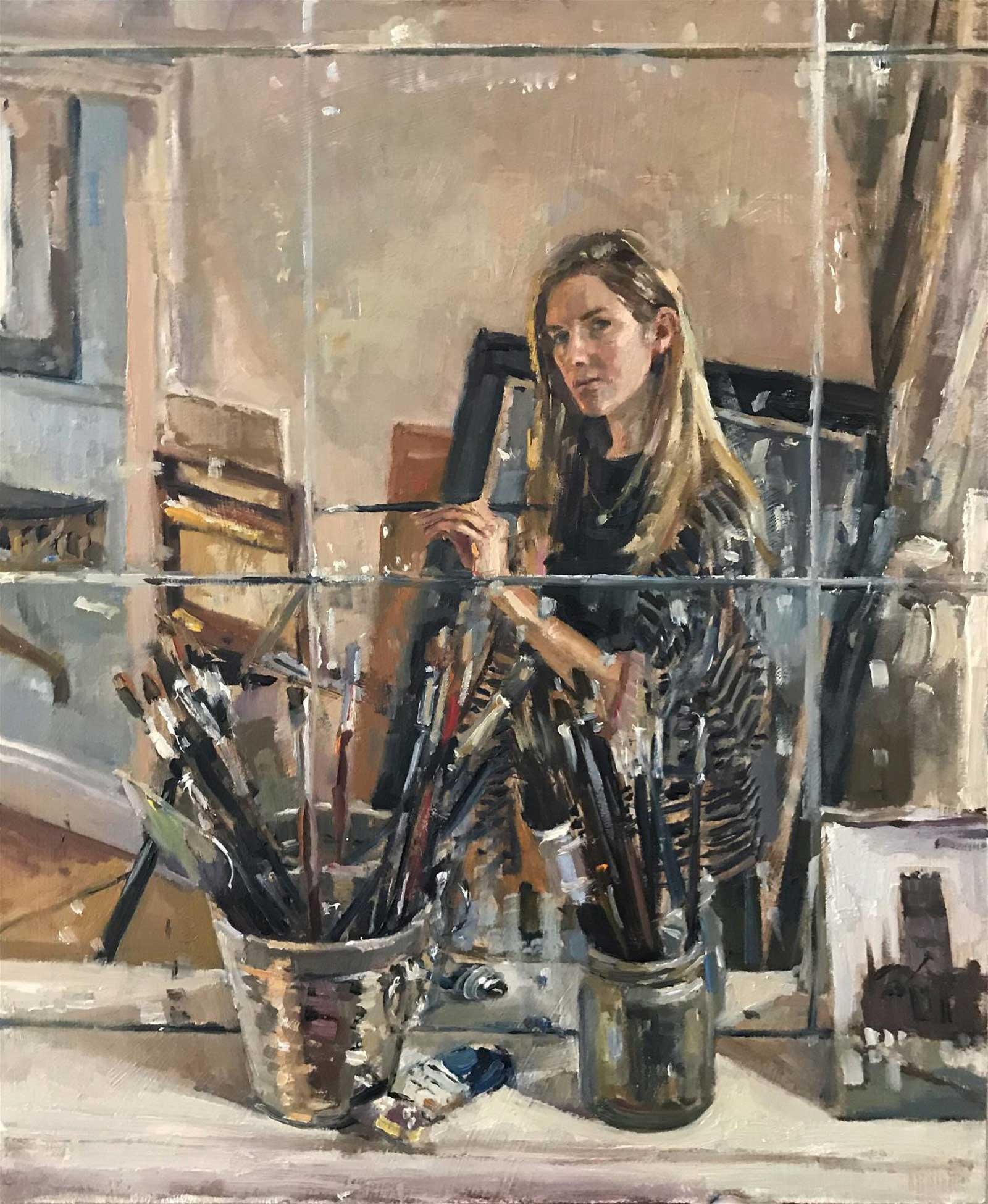
The residential course ran for four days with all the artists staying at the Villa Collina in Griante above Cadenabbia. Villa Collina was the favourite summer retreat for West Germany’s first chancellor after the last war, Konrad Adenauer. The course kicked off with an introductory talk at the Villa Mainona given by the British cultural historian Sir Charles Saumarez Smith, who retired back in 2018 as Director of the Royal Academy of Art. He outlined the history of landscape art on the lake and the general cultural heritage of the area. Further visits were made to some of the well known villas in Tremezzina, Varenna and Bellagio. The group also explored the crests of the mountains overlooking the lake with a stop at the Rifugio Venini at 1,575 metres above sea level beside the summit of Monte Galbiga. Here they learned about some of the darker aspects of local history with the Cadorna line of artillery defences constructed in the First World War and the fate of resistance fighters under Captain Ugo Ricci during the more recent Nazifascist occupation of Northern Italy.

In the words of Alice Boggis-Rolfe, “I found it completely beautiful.The perfect trio of mountains, lakes and architecture brought together with abundant gardens inspired me most and almost all of my paintings from the trip are of the relationship between the gardens and the landscape beyond.”
The Exhibitions

The four day residential was conceived from the start in collaboration with the Lake Como Landscape Museum (Museo del Paesaggio del Lago di Como) housed in the Villa Mainona in Tremezzo. It is here that some finished output and work in progress will initially be exhibited. Not all of the finished works will be on display at Tremezzo due to logistical constraints but if absent, they will be represented by sketches, photographs and notes illustrating the creative process. The exhibition will also outline the history of the Anglican church and its links with the local and foreign community over time.
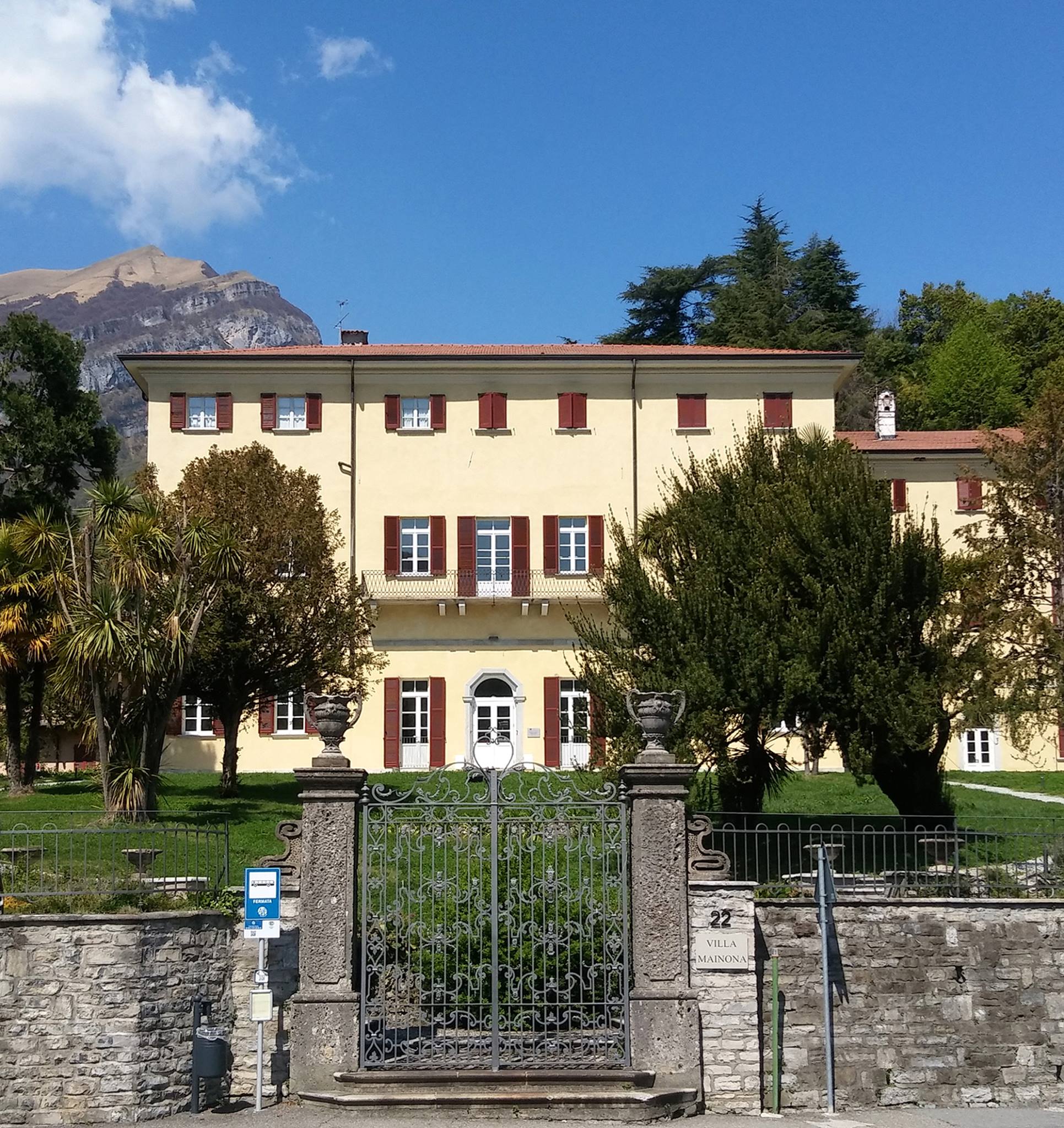
All of the finished works will then be on display from the 13th to the 17th November at the Gurr Johns International Gallery in London’s Pall Mall where they will be available for sale. A brochure with prices will be available digitally from marie.ainsby@gafunds.com
Proceeds from the sale will go to fund the urgent restoration work at the church with priority, as previously in Venice, given to the roof repairs to stop further water ingress damaging the interior decoration. Money will also be kept back to give some further continuity in providing regular church services during the long summer season.
Challenges for the Future
Clearly buildings of such elaborate internal design and complex exterior architecture require constant maintenance. The need for adequate funding to cover these needs will be an ongoing challenge for the church’s community. However they have proven time again to possess the energy and capacity to face such challenges with confidence and imagination.

The church will always be in demand for English-speaking couples wishing to get married on the lake as well as for Anglican christenings. Also the church’s deep ties with the local community will ensure it remains a popular venue for musical events. Back in 2013 the church’s Musical Director, the late Janet Anderson, raised over £30,000 for the restoration of the organ and audiences have since been able to enjoy a number of organ recitals in this beautiful setting.
But the church is only open during the prolonged summer season as is not the case at St. George’s in Venice. This makes it more difficult to find a locum vicar with the right time available. The task has not been made any easier by the UK’s exit from the European Union with the added complexity to employment contracts, work visas and taxation arrangements. Yet here again, the congregation have faced and overcome such issues in the past and, on current form, are likely to continue to do so.
The heyday of the Grand Tour and the Belle Epoque is now long over but the long running love of the British for Lake Como continues unabated. Cadenabbia’s Anglican Church of the Ascension is a physical and spiritual monument to that cultural and artistic connection and long may it so remain.

Acknowledgements
My thanks are due to Jeannie Willan and Tim Guinness who both gave freely of their time in contributing to this article.
Further Details
The Cadenabbia Anglican Church of the Ascension is at Via Statale 31, 22011 Griante, CO. The website is www.churchonlakecomo.com
The Lake Como Landscape Museum (Museo del Paesaggio del Lago di Como) is on Via Regina 22, 22019 Tremezzo CO. The phone number is +39 0344 533023 and the email address is museodelpaesaggio@comune.tremezzina.co.it.
The Gurr Johns International Gallery is at 16, Pall Mall, London SW1 5LU.
Further Reading
For those wanting to explore the area of Cadenabbia and Griante on foot, read Walking the Greenway and the Antica Via Regina
For our articles featuring Irma Kennaway read Como Silk – Memoirs of a Textile Designer and Ice Cream and Vespas: Irma Kennaway’s Artistic Odyssey
For details of a walk on the crest of the mountains above Lenno including an overnight stay at the Rifugio Venini, read Overnight on the Via dei Monti Lariani








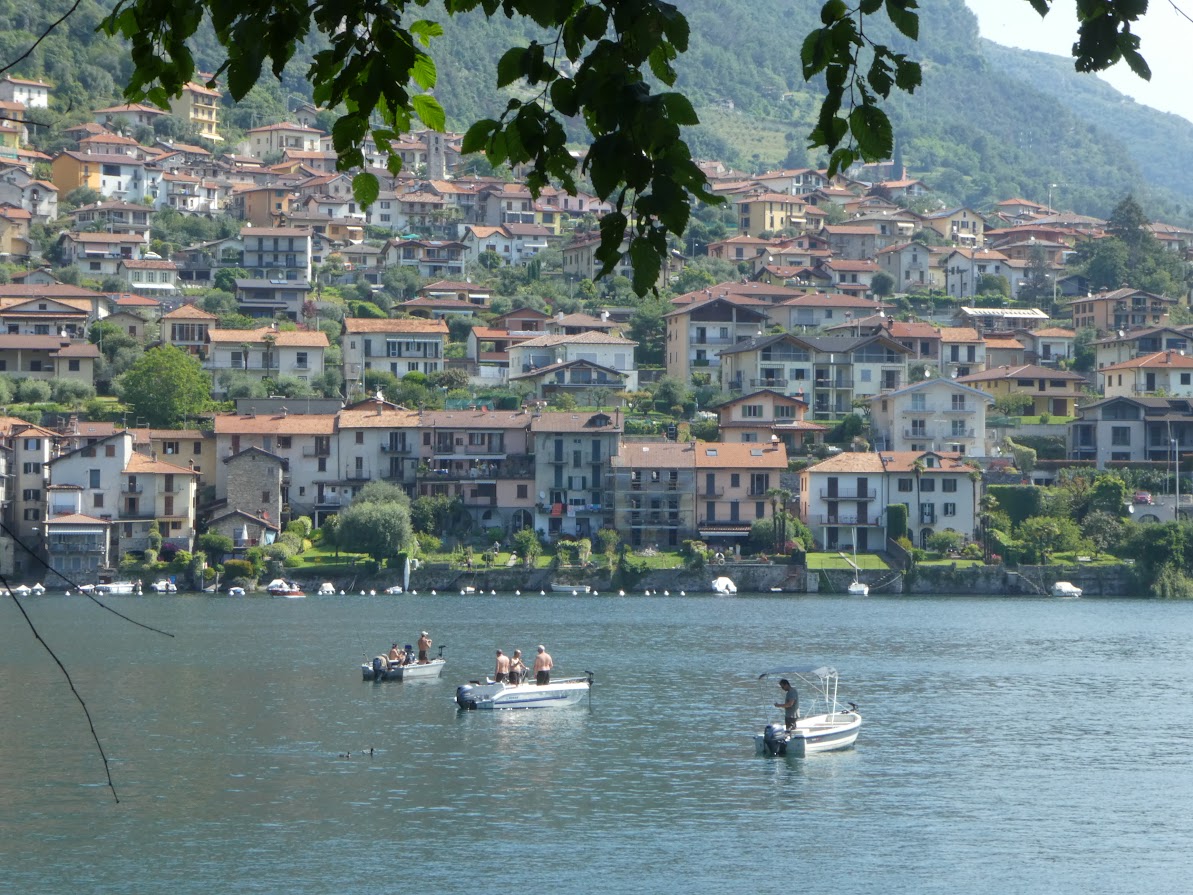
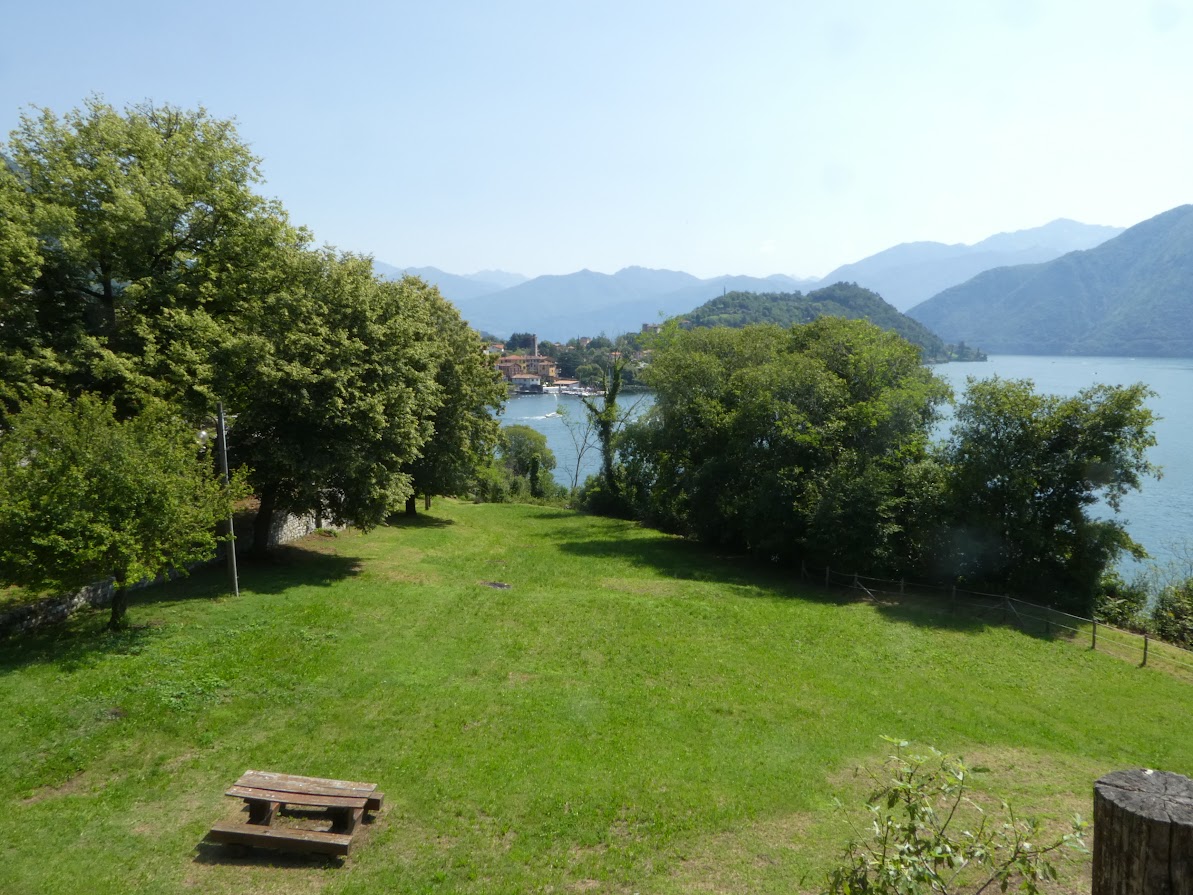
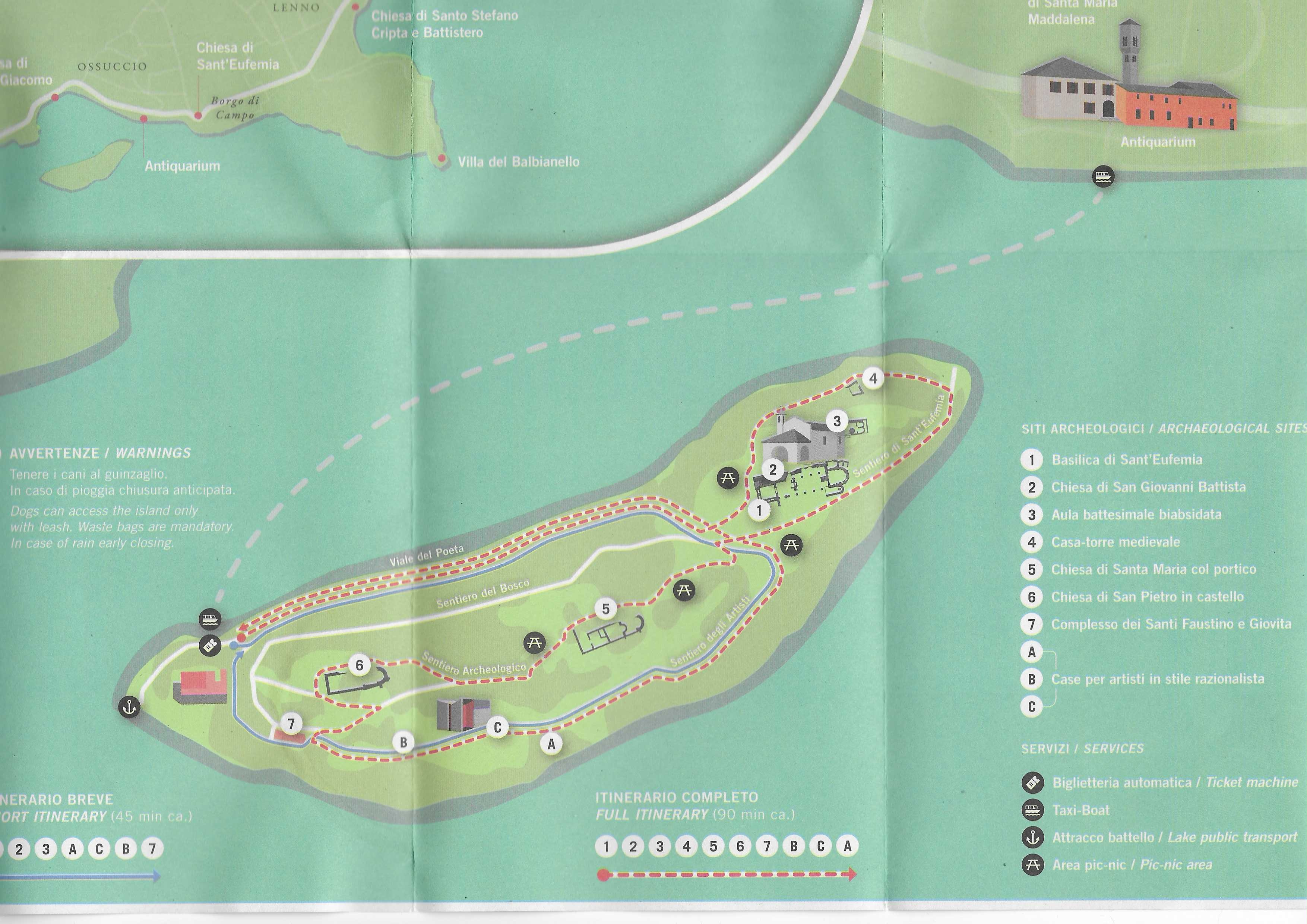





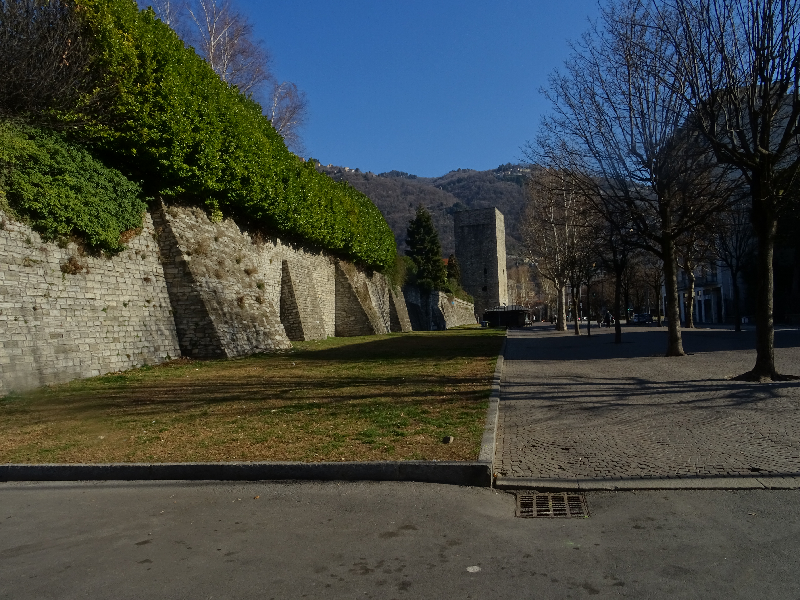
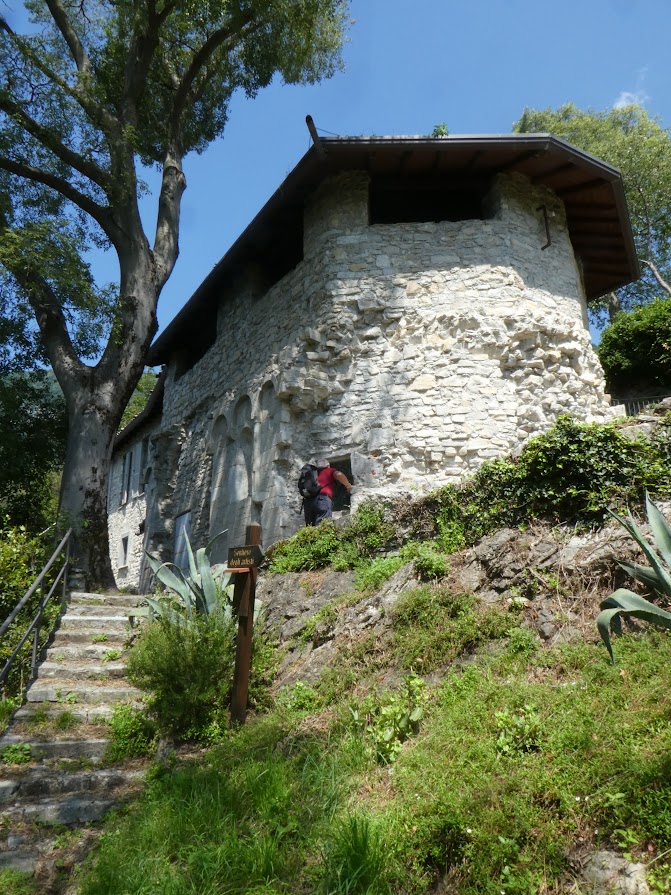


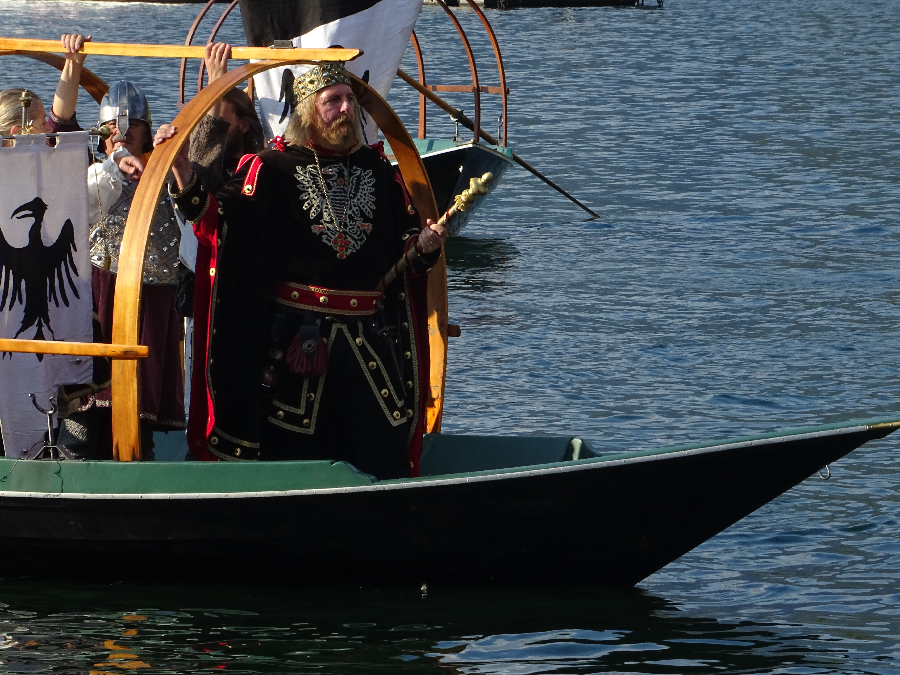

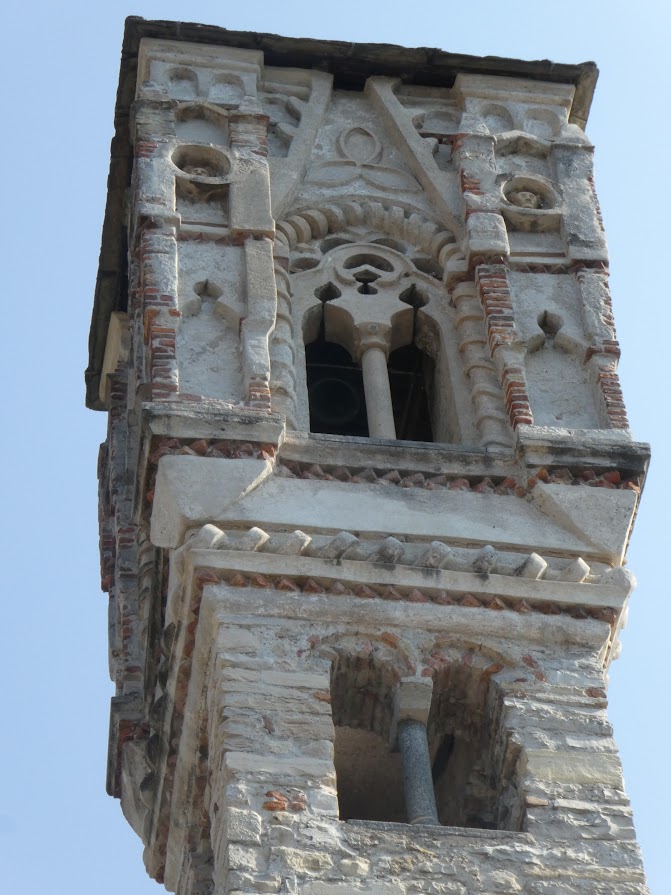

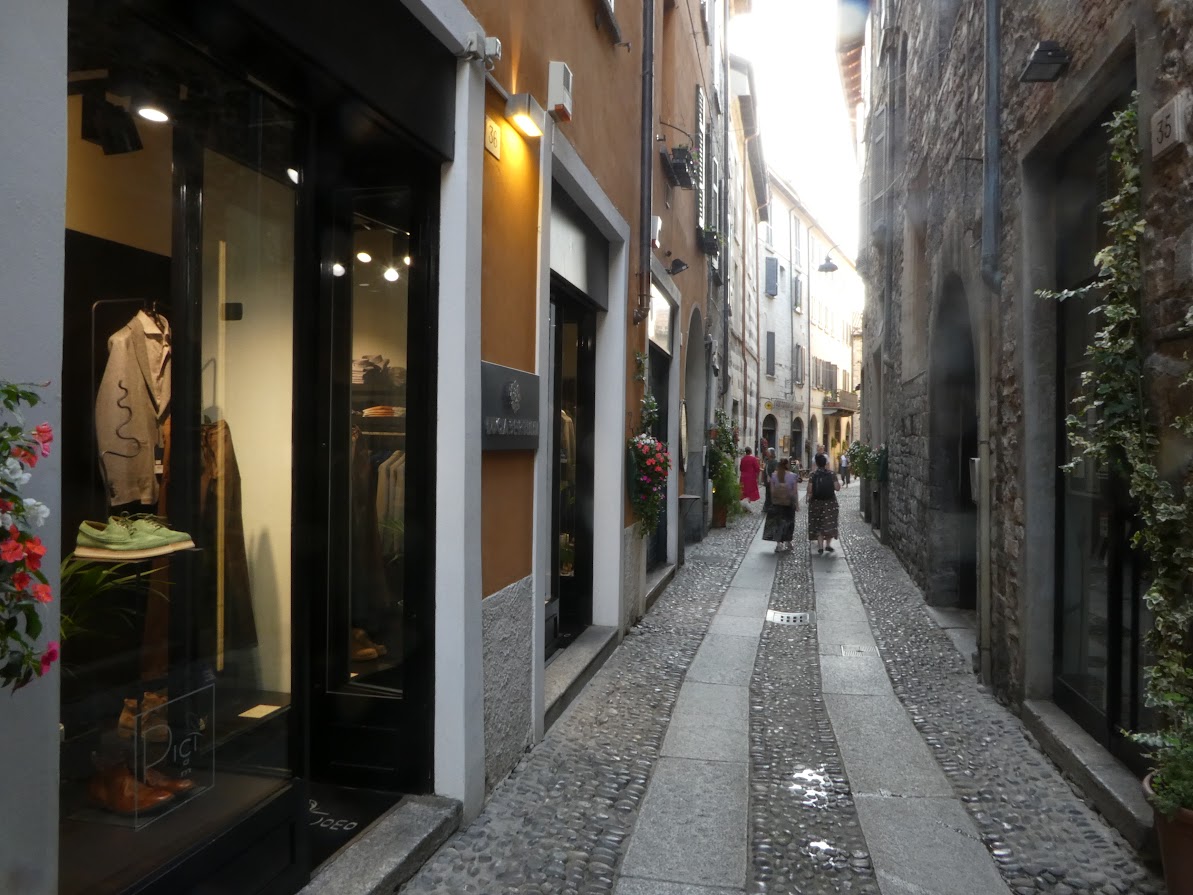




























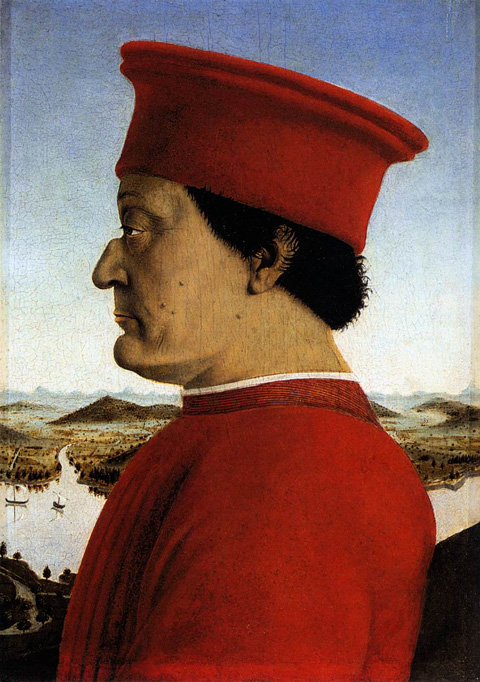

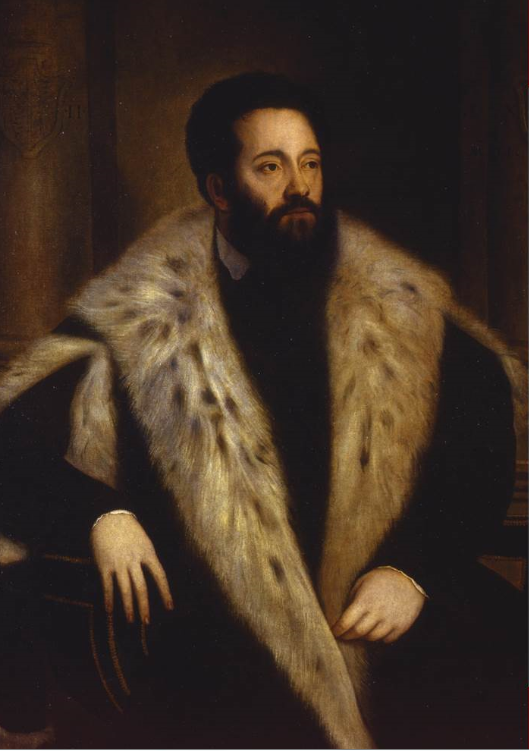

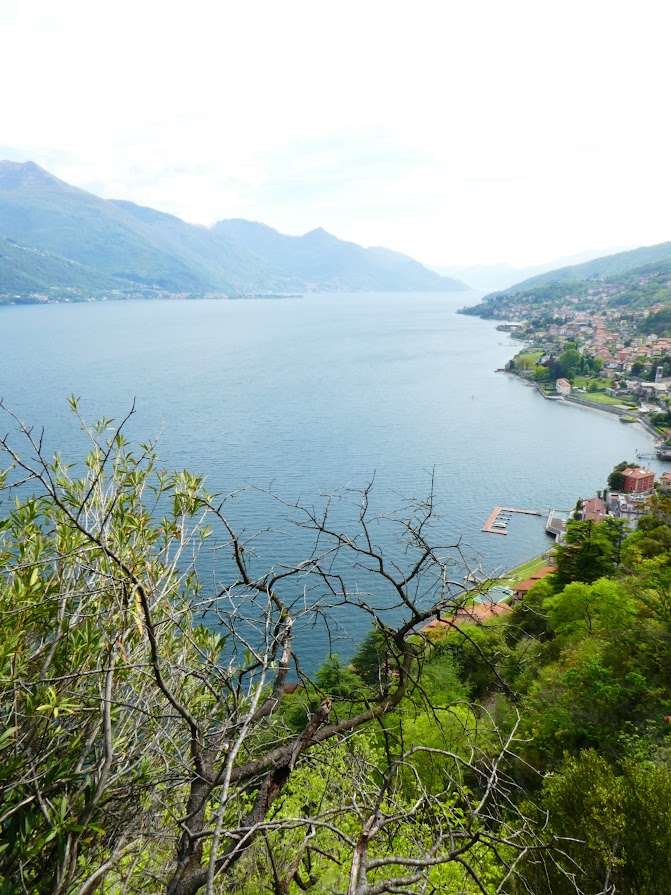




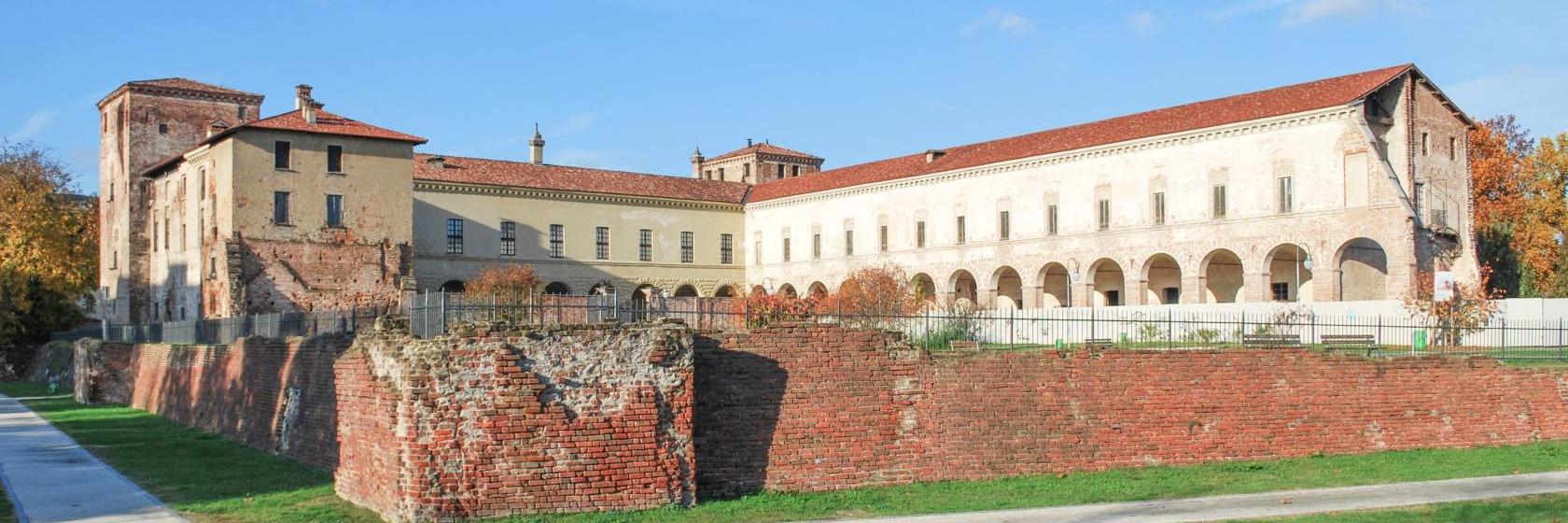











































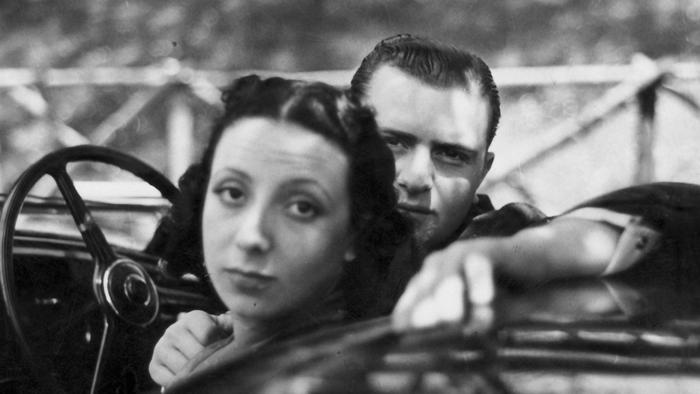








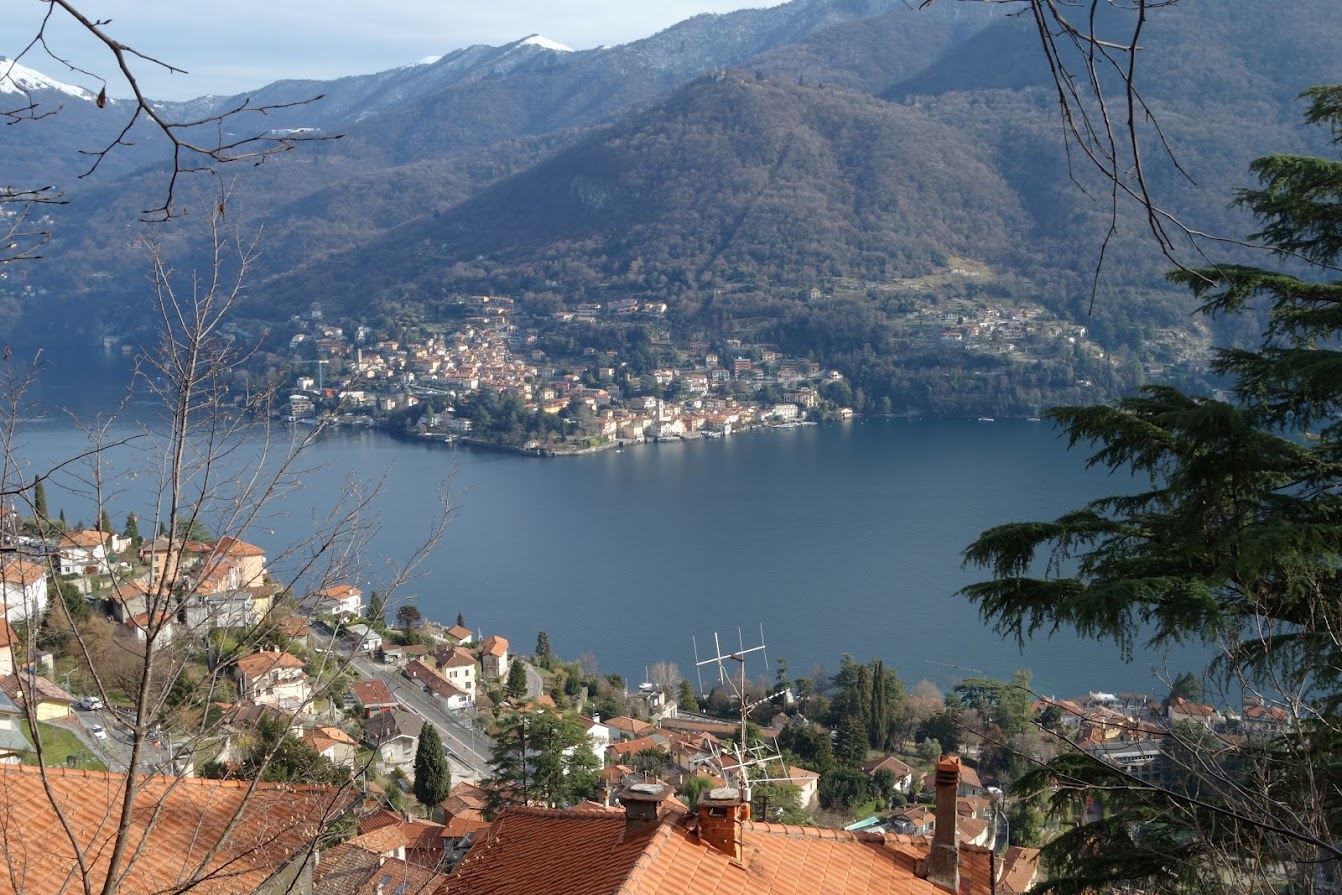


 A documentary entitled ‘Bruno e Gina – Amore, Guerra e Morte’ was made in 2014 but I have only found a trailer for it available on You Tube.
A documentary entitled ‘Bruno e Gina – Amore, Guerra e Morte’ was made in 2014 but I have only found a trailer for it available on You Tube.








